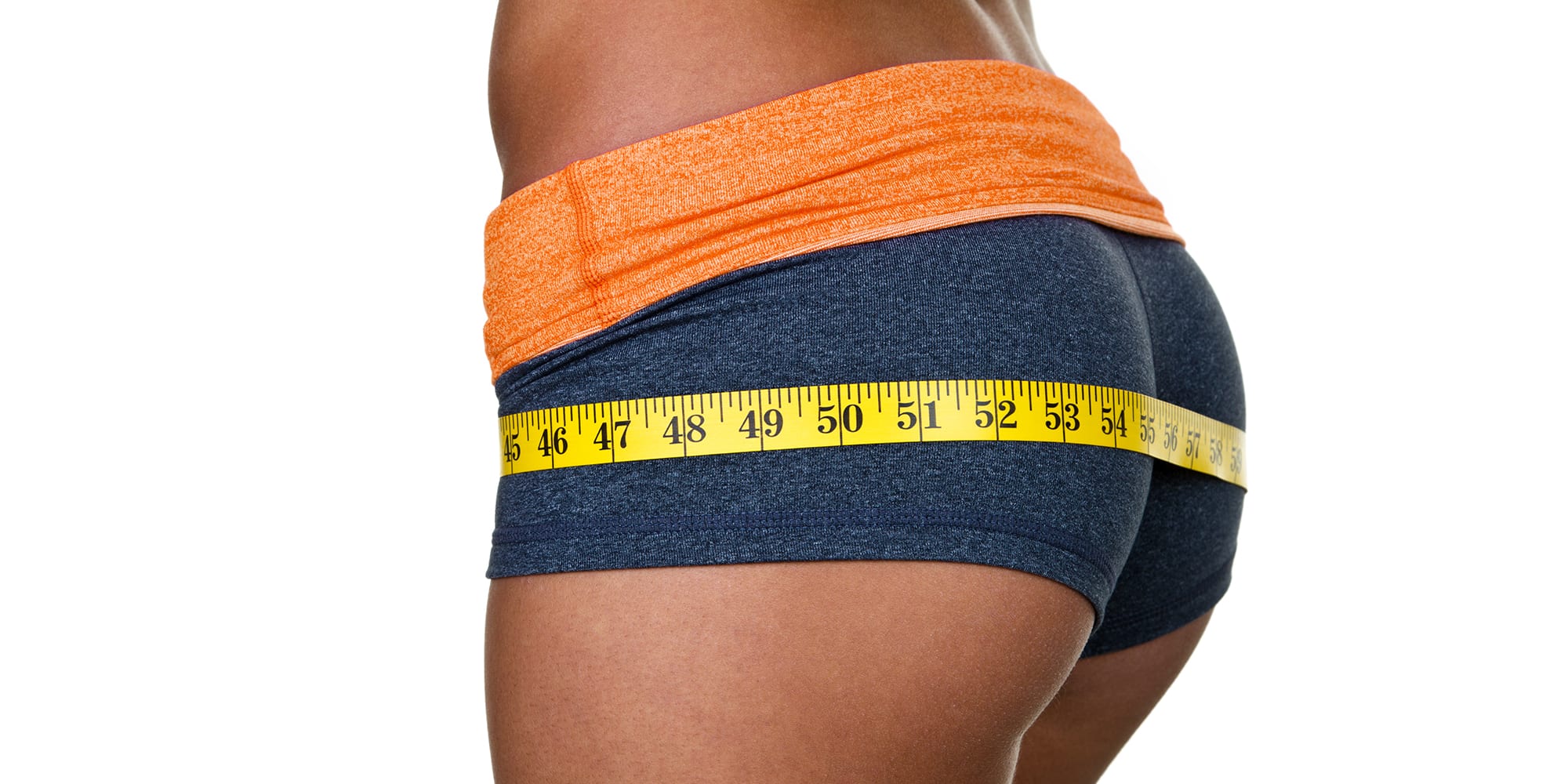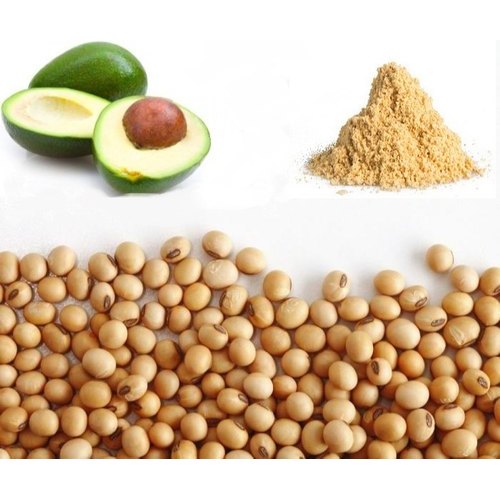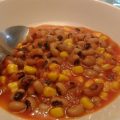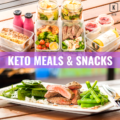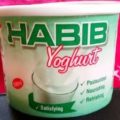An increasing number of women are finding big bum and hips fashionable and the media is appears to be in the forefront in urging women to toe the pathway that leads to big hips and glutes. According to a new theory, the secret of sex appeal lies in the waist – or, to be precise, the waist- hip ratio calculated by dividing the waist measurement by the hip size. The smaller the waist in relation to the hip, the more desirable a woman is seen to be.
Professor Devendra Singh at the University of Texas believes that this may be the most powerful sexual trigger of all, and what strengthens her theory is the fact that this ratio has recently been recognized as a key indicator of health.
‘The waist is one of the distinguishing human features, such as speech, making tools and a sense of humour,’ says Professor Singh. ‘No other primate has one. We developed it as a result of another unique feature – standing upright. We needed bigger buttock muscles for walking on two legs.’
List Of African Food That Go Straight To Your Bum And Hips
Learning how to make your buttocks bigger in a day is an exercise in futility but there are many natural foods that can enhance your waist to hip ratio and make your buttocks bigger. Combining these foods with exercise can significantly reduce the time it takes to get quick results, squat is a great bang-for-your-buck exercise because it strengthens your glutes, abdominals, and all the big muscles in your legs, including the quads (front of your thighs) and hamstrings (back of your thighs).
Most of foods listed below are rich in phytoestrogens, which can naturally boost the oestrogen levels in the body. Since, the curves are linked with oestrogen, it is highly suggested to include these foods in your diet if your goal is to get big butt fast. The list of food that go straight to your bum and hips include;
Avocado. Avocado is the fruit of the avocado tree, scientifically known as Persea americana. This fruit is prized for its high nutrient value and is added to various dishes due to its good flavor and rich texture. It is the main ingredient in guacamole. β-sitosterol is one of several plant sterols found in avocados are also high in antioxidants, including carotenoids like lutein, zeaxanthin, and cryptoxanthin. Some research suggests that their antioxidants may reduce exercise-induced muscle damage, soreness, and inflammation to speed up recovery time. Plus, avocados are rich in potassium, another important nutrient involved in muscle contraction and growth.
Soybeans products. Soy milk is a plant-based nondairy beverage made from soybeans, and many brands fortify their soy milk with vitamins and minerals such as vitamin D and calcium. Soy milk offers culinary diversity, creamy texture, and a healthful nutritional profile, including essential omega-3 fatty acids [if fortified] and flavonoids that exert antioxidant, anti-inflammatory, and cardioprotective properties.
According to Harvard health, Soy is unique in that it contains a high concentration of isoflavones, a type of plant estrogen (phytoestrogen) that is similar in function to human estrogen but with much weaker effects. Soy isoflavones can bind to estrogen receptors in the body and cause either weak estrogenic or anti-estrogenic activity.
Theoretically, changing a woman’s hormone balance could alter where her fat is stored. Some research has borne this out: one early study found that women on pills with higher levels of oestrogen tended to have pear-shaped bodies and more subcutaneous fat, though not necessarily more fat overall.
In addition, soy protein from foods like tofu can be incredibly beneficial for broadening your backside. In fact, one 30-day study showed that eating soy protein instead of casein, a type of milk protein, significantly increased muscle volume in 59 people with low physical activity.
Pumpkin seeds. pumpkin seeds also known by variations including egusi, agusi, agushi is the name for the protein-rich seeds of certain cucurbitaceous plants (squash, melon, gourd), which after being dried and ground are used as a major ingredient in West African cuisine. Like nuts, pumpkin seeds are a great source of protein and unsaturated fats, including omega-3 and omega-6 fatty acids. They also contain a good range of nutrients, including iron, calcium, B2, folate and beta-carotene, which the body converts into vitamin A. Not only does your body use magnesium for muscle function and metabolism, it may also need more of this nutrient after physical activity — making it even more important to get enough magnesium-rich foods in your diet.
Cow Milk. The principal constituents of milk are water, fat, proteins, lactose (milk sugar) and minerals (salts). Milk also contains trace amounts of other substances such as pigments, enzymes, vitamins, phospholipids (substances with fatlike properties), and gases. Several components of cow’s milk are suggested to stimulate growth: a high protein quality, bioavailable minerals that are important for growth, and perhaps lactose. One small, 12-week study in 20 women found that drinking milk after resistance training enhanced muscle and strength gains, as well as fat loss. Another study noted that drinking milk after working out helps increase your body’s efficiency in using amino acids to support protein synthesis, which is especially important when it comes to growing your side and back side
Chicken breast. Chicken Breast is an excellent source of lean protein. Chicken is also a good source of vitamin B, vitamin D, calcium, iron, zinc, and trace amounts of vitamin A and vitamin C. Chicken breast is loaded with high-quality protein, with about 24 grams in a 3-ounce (78-gram) serving. Getting enough of these vitamins in your diet is crucial for promoting energy production to help fuel your workouts. According to an 8-week study in 41 people, eating 46 grams of protein from chicken after working out led to significant increases in lean body mass, compared with a control group.
Eggs. Eggs are great to eat to gain healthy weight. Not only are they packed with protein, vitamins, and minerals, they also give you the energy you need to get through the day. They’re versatile, too, so you can make them however you like—scramble, fry, poach, or even make a delicious omelette. Each medium egg also supplies about 6 grams of protein, making this food an excellent addition to a high-protein diet. Additionally, leucine, an amino acid common in eggs, has been shown to stimulate muscle synthesis and reduce muscle protein breakdown, which may be especially beneficial for enhancing your bum size.
Important Warning
When boosting hips and butt, it is important to know that there can be unpleasant health implications which can sometimes accompany weight gain in those areas. Waist-to-hip ratio (WHR) is one of several measurements your doctor can use to see if you’re overweight, and if that excess weight is putting your health at risk. Unlike your body mass index (BMI), which calculates the ratio of your weight to your height, WHR measures the ratio of your waist circumference to your hip circumference. It determines how much fat is stored on your waist, hips, and buttocks.
Not all excess weight is the same when it comes to your health risks. People who carry more weight around their midsection (an apple-shaped body) are at higher risk for heart disease, type 2 diabetes, and premature death than those who carry more of their weight in their hips and thighs (a pear-shaped body). Even if your BMI is within a normal range, your risk for disease may be increased.
According to the World Health Organization (WHO), a healthy WHR is:
- 0.9 or less in men
- 0.85 or less for women
In both men and women, a WHR of 1.0 or higher increases the risk for heart disease and other conditions that are linked to being overweight. Read:How To Use Guava Leaves For Flat Tummy

